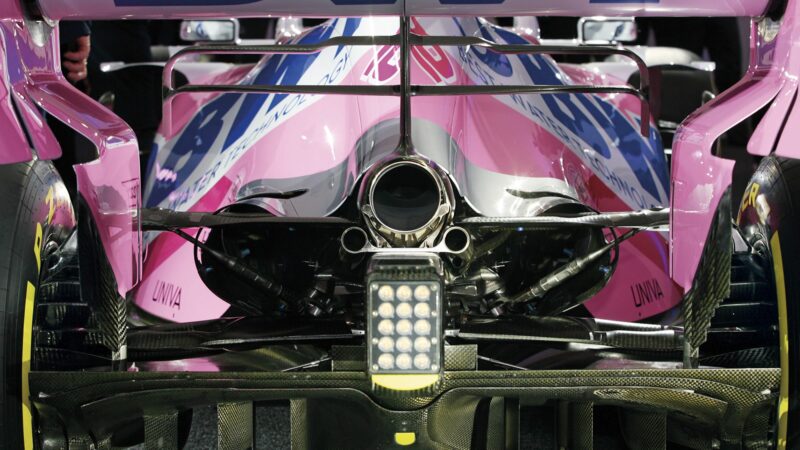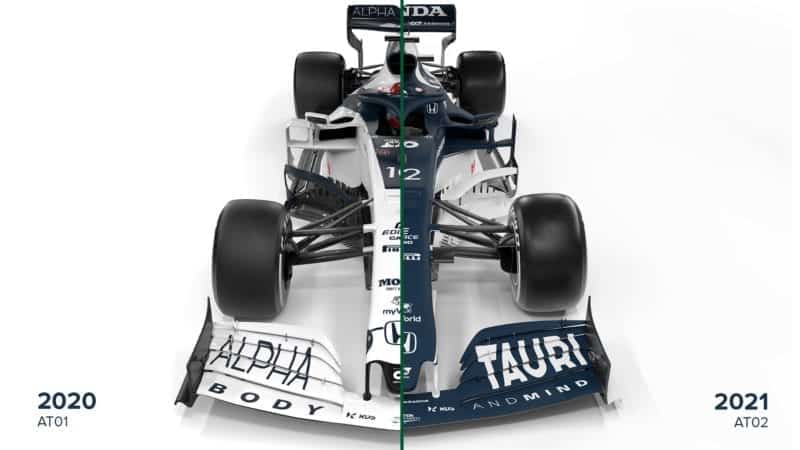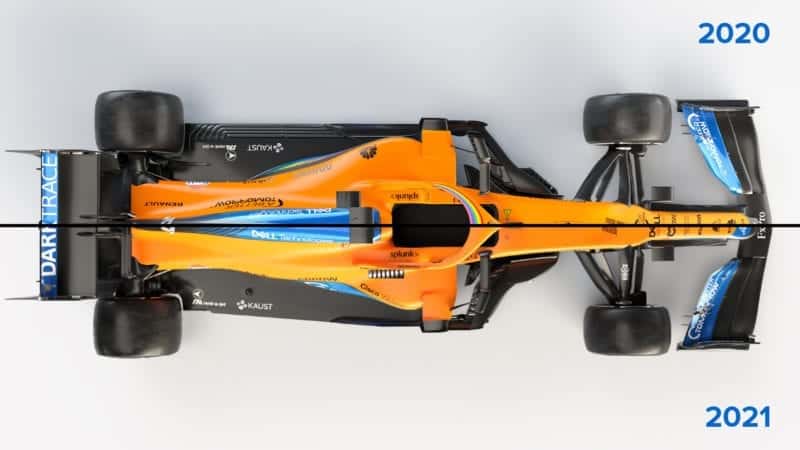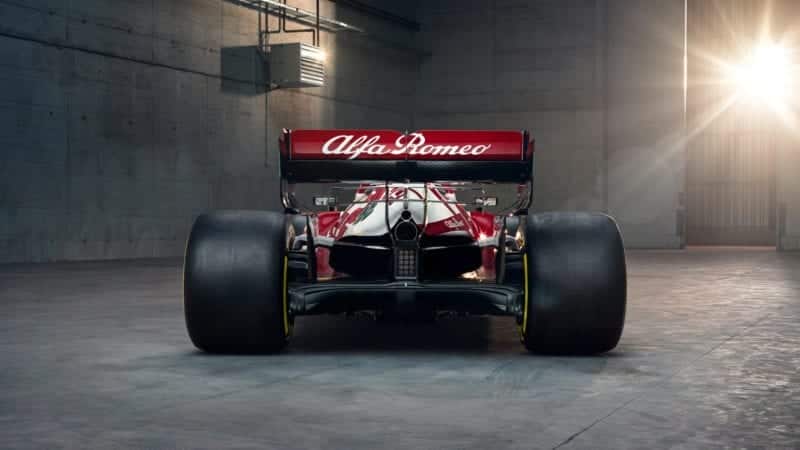Diffuser
The diffuser has also been reined in to lessen its potential to generate downforce. The strakes which create the ‘tunnels’ running down the back of the diffuser are now required to be 50mm shorter than they were last year.
Elias says the continuation of cars from last season could cause headaches in this area.
“If, for instance, your gearbox is carried over, which I’m pretty sure they have to be, then you’re essentially limited by it,” Elias explains.
“It limits the diffuser area in width as you approach the centre of the vehicle, and could potentially limit the height of the diffuser in certain areas.
“As far as how to make up the downforce, they’ll probably try to make it up elsewhere, maybe through a more aggressive tunnel shape on the floor.
“They could maybe add more strakes to help maximise the efficiency of the diffuser itself, which is something we’ve done at Mercedes in the past, change the shape of the strakes or try to recover by increasing the width of the diffuser across the floor.
“A team might also try to make a more aggressive expansion area on the diffuser size, perhaps further forward, or at least as far forward as the regulations allow you to do so.
“Ideally, teams will probably push the actual width of the diffuser tunnel itself as wide as possible within the rules and then probably the expansion area will go as forward as possible too.
Rear brake ducts

Aerodynamic features around the car’s rear wheel and brake ducts have also been modified
Grand Prix Photo
Winglets wider than 80mm, which previously were mounted in the lower half of the rear brake duct, are now banned also.
The width limit for winglets in the upper half of the brake duct now remains 120mm.
Jackson believes team’s might place additional winglets at the end of the floor in front of the rear tyres to compensate for this.
“They’ll be tyre strakes or little flicks in front of the tyre on top of the floor, those would probably be highly developed,” he says.
“The lower deflectors themselves [inside the ‘cake tin’ brake drums, next to the rear tyre], they’ll change shape and perhaps be modified in their purpose.”
How heavy are the 2021 F1 cars?
The minimum weight of the 2021 F1 cars has been increased by 3kg to 749kg. The main reason for this is the increase in weight of the tyres (more on this below).
At the same time, the minimum weight of the power unit has been increased also, going up to 150kg.
2021 F1 Pirelli tyres
F1 tyres underwent the greatest forces ever generated by a grand prix car in 2020.
As mentioned above, the result was a number of significant failures last year. To combat this, the 2021 Pirellis have been made more durable and therefore heavier.
This will affect both the handling of the cars and, of course, make them slower.
Mario Isola, Pirelli’s head of F1 and car racing, said that the company aimed to “improve the current construction in order to have more… integrity” in their tyres.
Elias highlights the constant battle between teams and tyre manufacturer.
“Pirelli’s job every year is almost to fight the teams – fighting us for downforce,” he said,
“Every year, as the downforce increases, their task becomes harder and harder because we’re applying more and more load and speed to these tyres.

Hamilton battles with his deflated left tyre on the final lap of the British GP
Florent Gooden / DPPI
“They probably just increased the tyre carcass thickness. You can imagine that it’s going to be very difficult to get these tyres into their operating temperature and into something that drivers will want to handle.”
Jackson believes that for aerodynamicists, the challenge presented by the new tyres is knock-on effect of their new durability.
“The change in shape of the carcass for us is of bigger magnitude than the weight,” he comments.
“If the outer shape of the tyre carcass changes, that can be huge. Even down the the mould marks, on the shoulder of the tyres, that can alter the aerodynamics.
“We do a lot of stuff with tyre shape stuff, in cornering it changes [shape], all these things.
“If the flex or the shape of it of that changes, that will probably be a bigger thing than the weight for us.”
2021 engine and engine modes
Teams will now only be permitted one engine development token in 2021. This is as opposed to the three they enjoyed in three they enjoyed last year. Teams are now under huge pressure to make sure they get their developments right, as they only get one go.
F1 outfits will also now be permitted to only have a set number of engine modes throughout the season i.e. qualifying – or ‘party mode’ as Lewis Hamilton put it – will now be banned.
For now five modes are permitted but these will be reduced year on year as the table below shows.
Team engine mode allowance
| 2021 | 2022 | 2023 | 2024 | 2025 | |
| ECU team applications | 5 | 5 | 5 | 5 | 5 |
| ECU PU applications | 5 | 5 | 5 | 1 | 1 |
| ERS & PU-CE applications | 3 | 5 | 3 | 1 | 1 |
2021 F1 exhaust and tailpipe changes
Previously teams have been required to run at least one tailpipe attached to their wastegate system.



